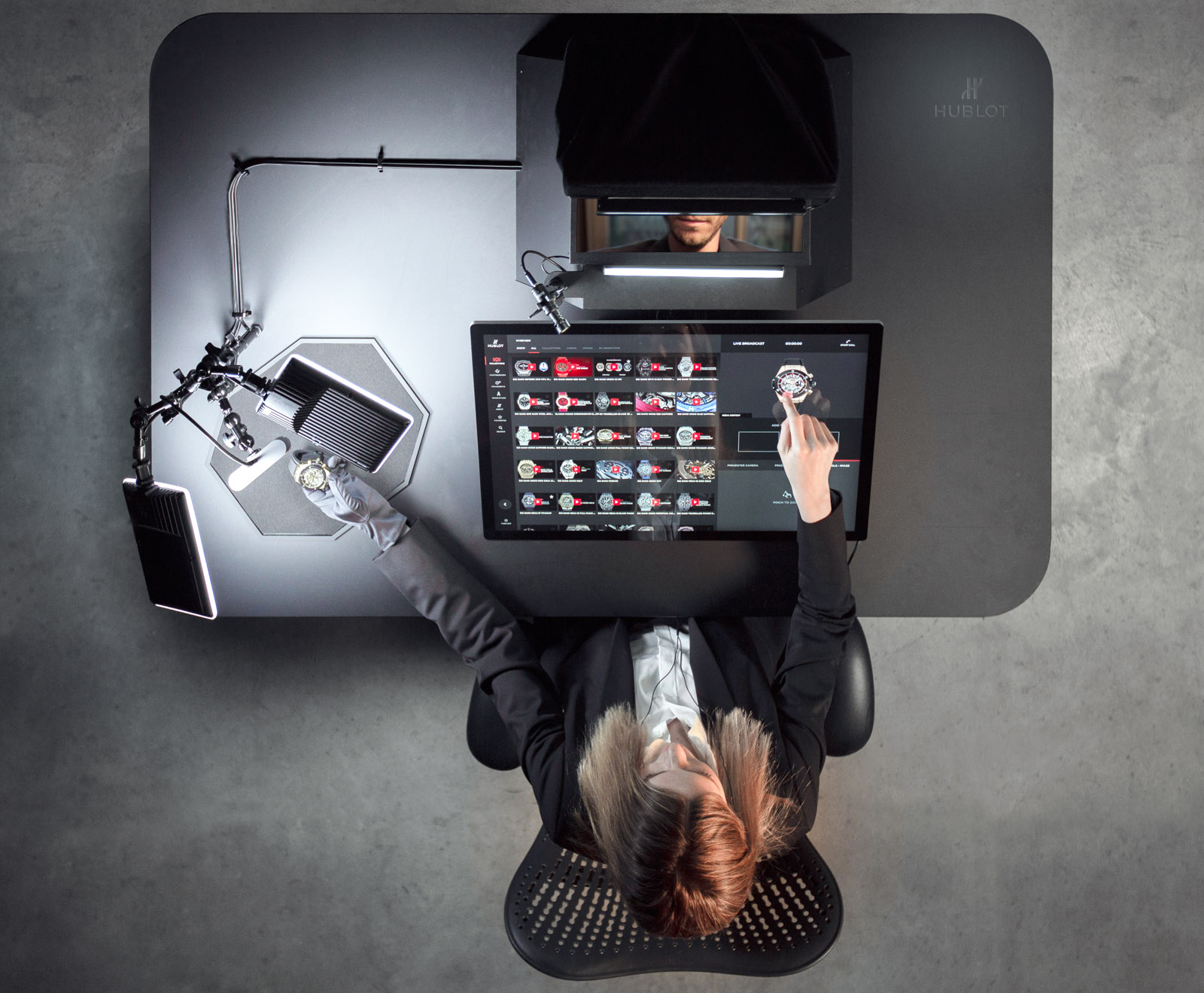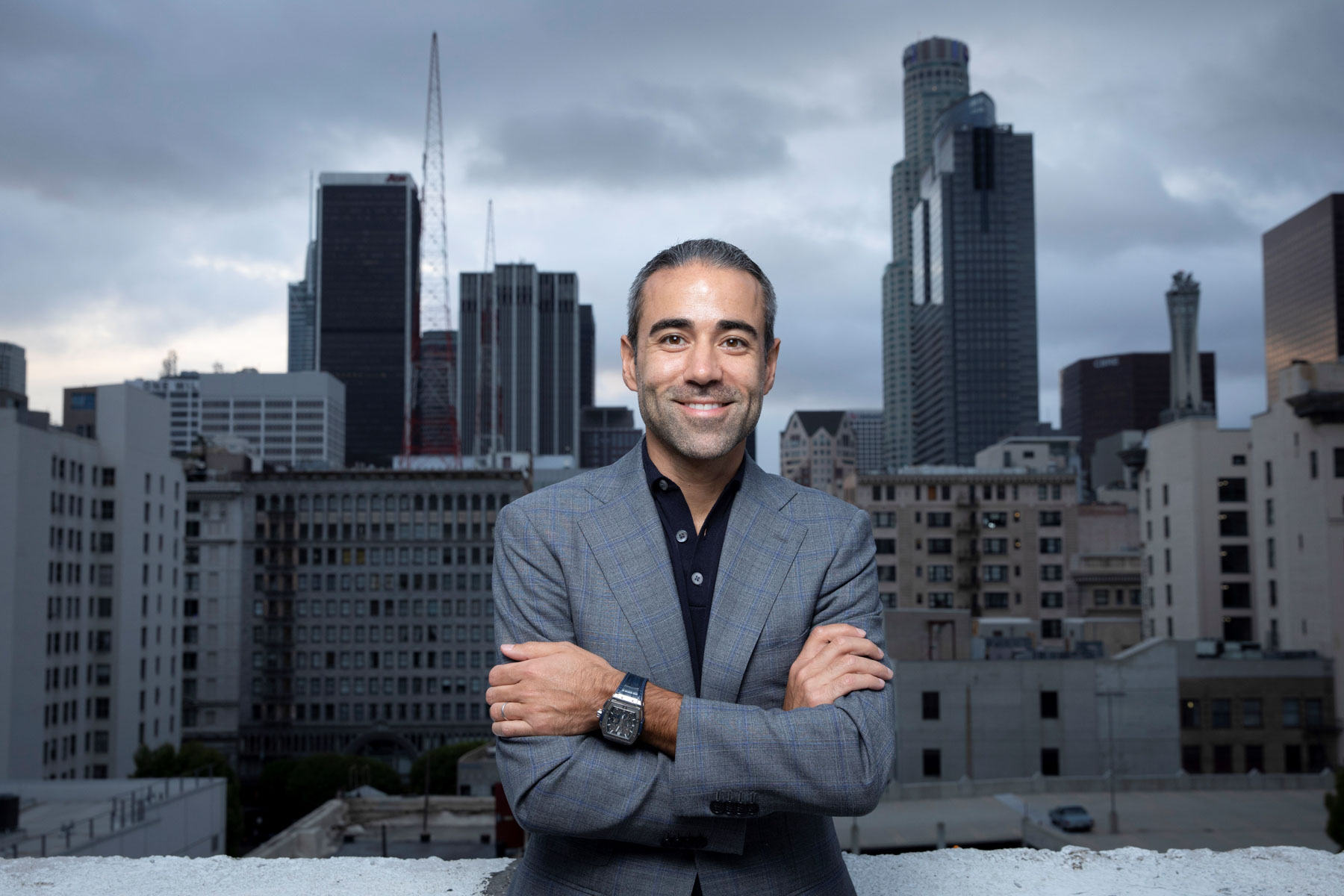
Jean-Francois Sberro has been with luxury group LVMH since 2004. Following five years at TAG Heuer, the last 11 years he’s been with Hublot, working closely with Jean-Claude Biver and Ricardo Guadalupe, and ultimately stepping up as the brand’s president for the North American market. Given his extensive experience within the luxury watch industry, we spoke with Jean-Francois to get his, and Hublot’s, take on the current situation, along with a glimpse into what’s to come for the brand and the larger industry. The interview was conducted on April 14th, 2020.
aBlogtoWatch: We have clearly been living in unprecedented times. I understand the future is impossible to accurately predict, but I would love to hear what you and Hublot are expecting. Will things return to where they used to be? By this I mean customer behavior on all accounts, including spending, shopping preferences, and taste in watches.Jean-Francois Sberro (JFS): Business needs to be based on realistic optimism; we have to look at the positive signals, need to believe that there is a bright future awaiting us on the other side of this — even if it will take some time. That said, your question is the million-dollar question, these days. In the short term, we need to look at exactly how things are evolving in China and Western Europe. My point is that a few countries entered the crisis before us and they will exit before. China, for example, started experiencing the spread, and now it looks like they are already out, based on the information that we have. Mainland China has reopened, with certain rules. Similar measures can be expected in a couple of weeks in Europe, as Italy, Spain, and others are announcing loosening from the last days of April to early May. Down the line, in May, the same might happen in the U.S. It’s likely that a return to normal will be gradual. Our movements might be tracked to isolate carriers of the virus. This will be a scary prospect for people, and if they are scared, it’s more complicated for businesses to thrive. Business is based on trust and confidence.
As far as consumer behavior is concerned, a lot of consumption is based on our traits of personality and human behavior. These are affected by this unprecedented situation — as soon as it’s over, those behaviors will return. Those who like watchmaking, or who love status symbols [are expected to continue to do so]. Today, it’s complicated to consume those products, and there is no human contact, but once life resumes those behaviors will express themselves the same way. This won’t change.
What will change or accelerate are some patterns that were developed or fostered during the crisis. For example, the digital purchasing, the e-commerce. Our only way to consume many things is to buy them online. The weight of online sales has grown tremendously for most companies during confinement. This high level of online sales might very well continue in the post-confinement era and become new floors for this distribution channel. While some new behaviors or patterns might be accelerated by the various countries’ shutdown, I don’t see huge changes unfolding in the midterm unless new technical tools are developed, of course. Being confined for several weeks, we have begun to see not only the huge potential but also the limits of digital. How many Zoom calls can you have a day? How many things can you purchase online? How many times can you call friends before you just want to actually see them? This world has limits and, in the end, we are animals with bodies — we cannot be completely digitalized. That said, again, some patterns will be accelerated.
aBlogtoWatch: In connection with Hublot’s strong points and your answer to the previous question, what is planned for the brand in terms of digital and, more broadly speaking, what does the Hublot of tomorrow need?
JFS: First, a simple answer: The Hublot of tomorrow needs the world of yesterday. We need the world reopened, we need people free to go shopping, to jump on planes — to see the course of normal life return. Of course, as discussed, I also think this crisis will foster and accelerate some patterns that were taking shape recently. Digital is one of those elements. We are to launch two digital initiatives in May and beyond. Both are digital and product-related, but I don’t want to ruin the surprise; however, we will have two digital initiatives in the next six weeks in North America.
The Hublot brand today enjoys a high level of desirability and exclusivity, but these need to be maintained. Our average price point is little over $20,000 and, at this point, there’s no room for mistakes. It all has to be striking in terms of materials, movements, and design. The customer doesn’t forgive. We have to focus on the product itself — 80% of our success relies on that. I give credit to Ricardo Guadalupe and the Hublot HQ Product Team for so many timepieces that blow us away with creativity. That’s the key to the future.
We also need to be adaptive in marketing, as we have to sustain the desirability of our products. Hublot is focused on a marketing mix that is heavily skewed towards events. We never flooded our clients under huge advertising campaigns; what is much more impactful for us is to be in direct contact with our customers through events, to know them, and to entertain them. We are not a volume brand, and that allows us to do it like this. Post-COVID-19, however, we will have to adapt, but marketing will still be a strong component. The product component is still stronger, of course, as we are on our way to reach a billion-dollar total revenue worldwide in three to four years. Reaching that size will require even better processes, organization, and structure.
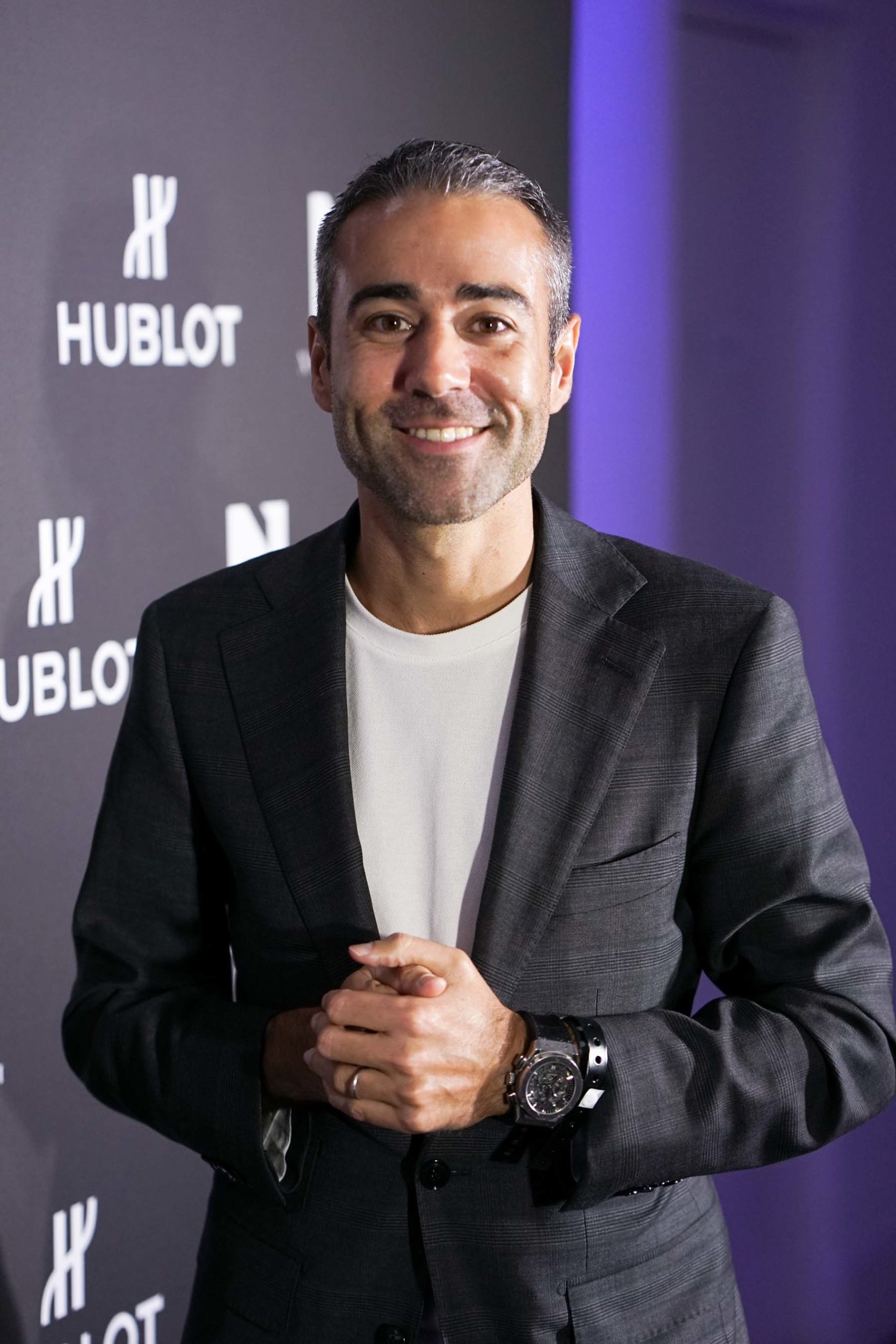
aBlogtoWatch: A select few at the helm were crucial in defining what Hublot today is. How would you articulate these foundations? Did you create a rulebook on what makes an Hublot watch, Hublot marketing campaign, or Hublot partner?
JFS: It’s a mix, but the ultimate recipe is to continue innovating. I’m reading the memoirs of Disney’s current CEO & Chair Bob Iger (The Ride of a Lifetime), and his constant motto throughout his career was “innovate or die.” Nothing can be more true!
First, today we are still capitalizing on all the foundations established in 2005 when the brand was effectively turned around. It’s a fact. The first big foundation was the “Art of Fusion,” which JCB and RG came up with. This guides us everywhere, and this motto is easy to implement when it comes to products. We are constantly merging components that are normally not aimed at being intertwined. Hublot keeps on bringing products that include materials off the beaten track: a watch that is made out of concrete, another one that has a tobacco leaf dial, a third one that encapsulates grass from Manchester United in its indices. I could also mention design or movements: A good example will be our collaboration with Ferrari, where the fusion of both universes gave birth to the groundbreaking Laferrari, a 50-day power reserve masterpiece. This is “The Art of Fusion” in Product Development.
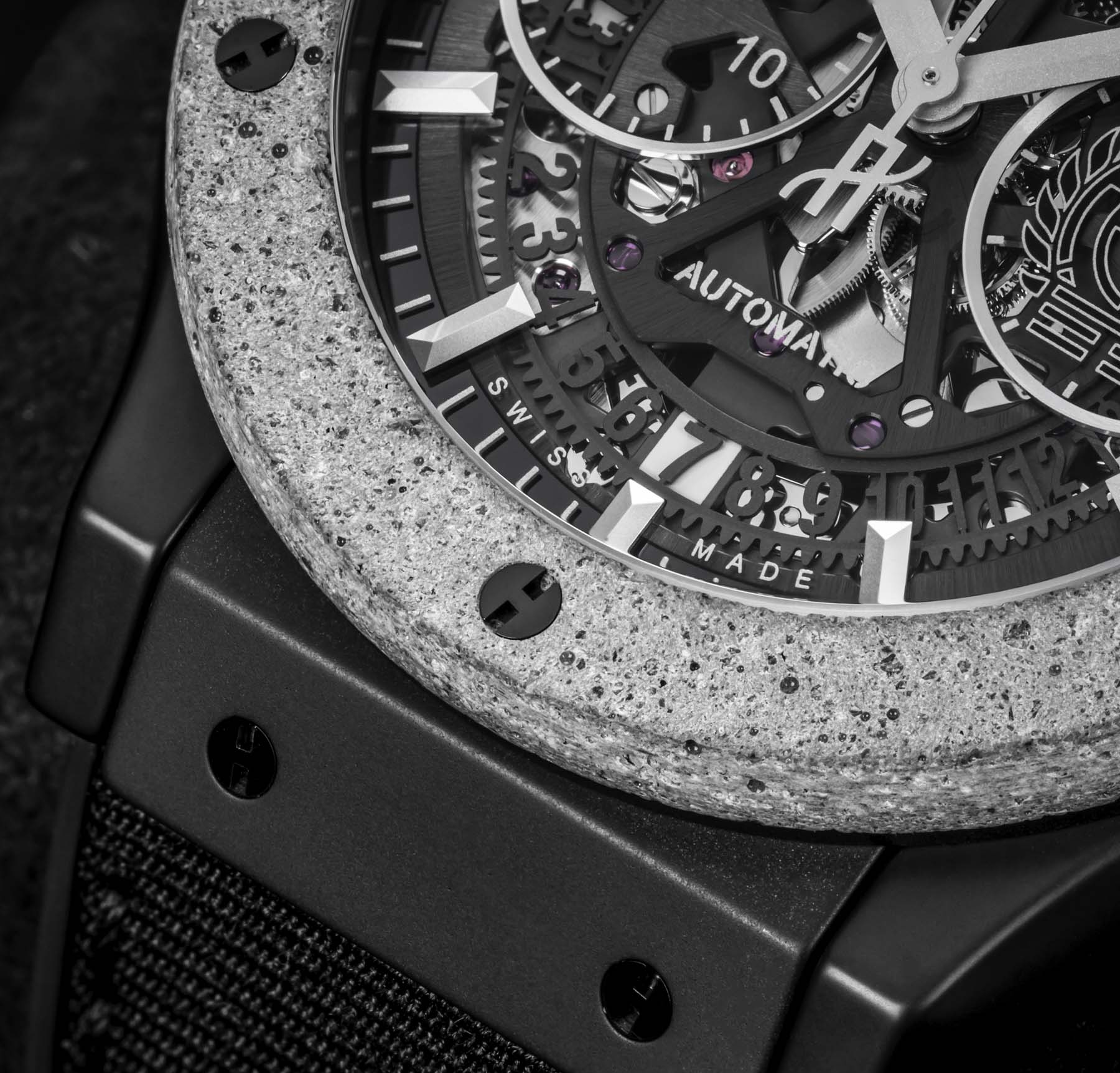
And then there is the art of fusion in marketing. We have, since the turnaround of the company, explored so many new avenues in marketing. We are very active in soccer and the automotive world. We are in art, in music, in plenty of areas that allow us to follow our client wherever he or she is living his/her life. This is also “The Art of Fusion.” We constantly have to ask ourselves the following questions: Is it innovative enough? Is it creative enough? How do we take inspiration from other worlds to take in the watchmaking world?
The other one is something simple that JCB and RG also came up with: first, different, unique. It sounds like marketing 101, but in the end it is extremely powerful. This is a tool that can filter everything. By checking whether we are going to be first, different, unique, we can judge if a project is worth being considered and implemented. This helps us choose and sort all the projects that are presented to us, no matter which department of the company.
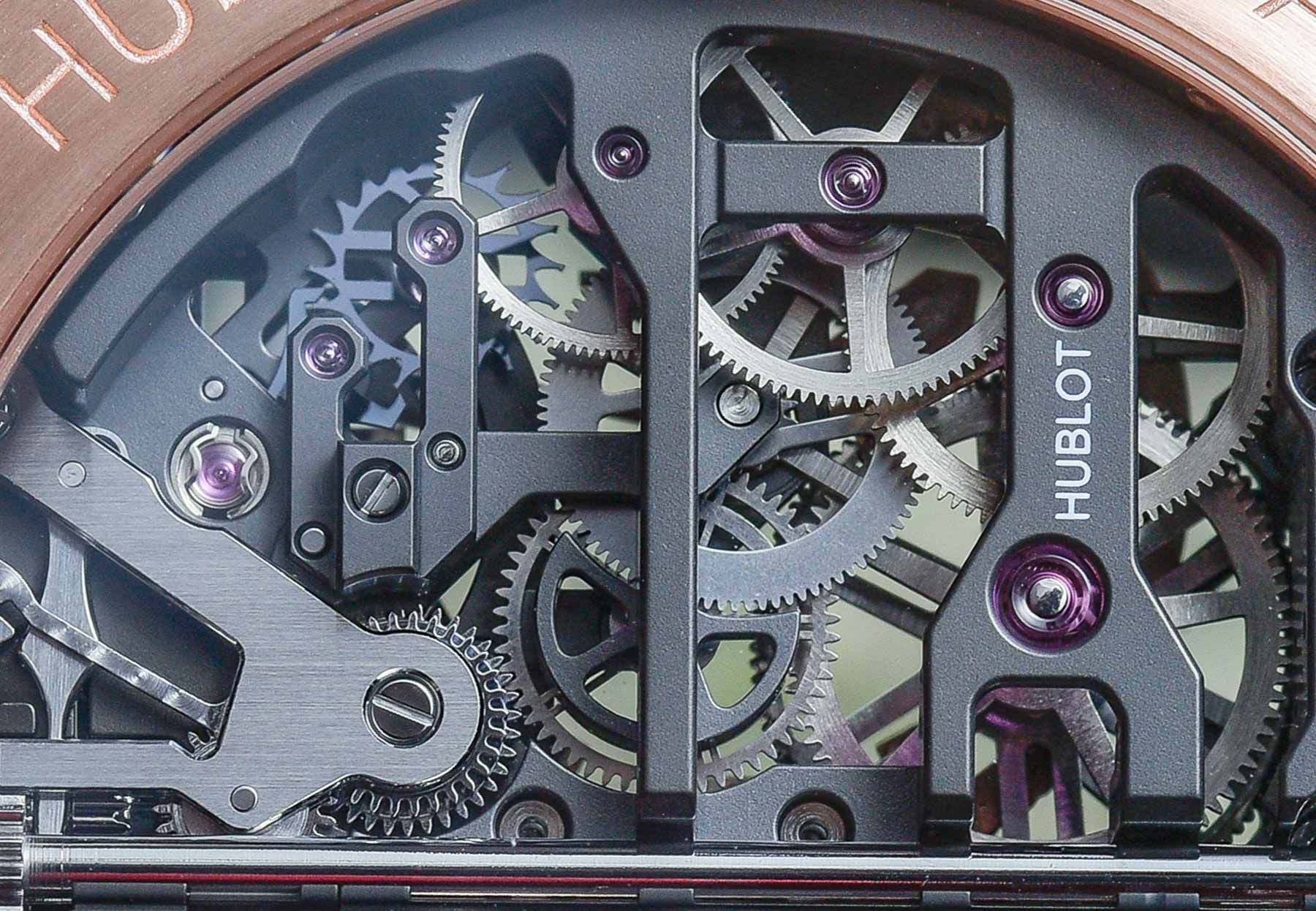
Hublot has been a polarizing brand since its relaunch in 2005. However, by being relentless, disruptive, and creative, and by hammering our message, year after year, a majority of watch enthusiasts are now seeing the brand for what it is and have fully embraced it. More and more people, customers or not, come through the doors of our boutiques, which may look easy now, but was and still is extremely hard. It’s not a coincidence if the brand entered the top 10 and has remained among the top 10 brands for three years in a row after coming from so far in 2005. And we are still enjoying a fair amount of growth, which is a major achievement. Hublot is an incredible success story! You have been with aBlogtoWatch for so long [8 years]. Personally, I am celebrating my 11th year with Hublot, and I admit I could not have reasonably dreamed of such a phenomenal success — it really is a blessing.
aBlogtoWatch: The theme of our call is, of course, e-commerce. Hublot has been an innovator in digital marketing and a lot of areas related to marketing. What plans does Hublot have to ensure it can sell watches directly to consumers online tomorrow? What steps is it taking towards the ability of selling watches online? And if it’s not going to do that on its own, how will it continue to be an innovator in this field?
JFS: E-commerce is impossible to avoid now and, obviously, even more in the future. Now, what portion of high-end luxury sales will this represent? This is the question. Let’s take an example outside watchmaking, for a moment. How many sales will Ferrari generate on e-commerce in five to 10 years? The more expensive the object you want to purchase, the more there is a need, in my view, to establish an emotional connection with that object — and for that, you need to touch it, interact with it. As much as we want to digitalize ourselves and upload our minds into the cloud, at the end of the day, we are still animals relying on our five senses, on our emotions and our feelings. To acquire a high price-point piece, you do need to have a strong connection with the product, and for that you probably need to manipulate it. Second, you also need to have a strong connection with another human being who educates you on the brand, reassures you about the product, or guides you through the purchase. And that’s why we still believe that brick-and-mortar will continue to represent a significant portion of the business in the future.
When it comes to digital, Hublot wanted to bridge the gap between brick-and-mortar and e-commerce, which is why two years ago we created the Hublot Digital Boutique: a realistic boutique with a sales associate and a full stock of watches that you can access from home through some high-end technical tools. It’s kind of the best of both worlds. You can shop from home but have a connection with the product and an individual human being. We find this tool to be very useful and the (art of) fusion between e-commerce and a physical store. But your point is totally valid — we do live in a world where we shop a lot online, and Hublot is likely to have an e-commerce website very soon. We are looking forward to discussing that a bit more with your audience when that happens.
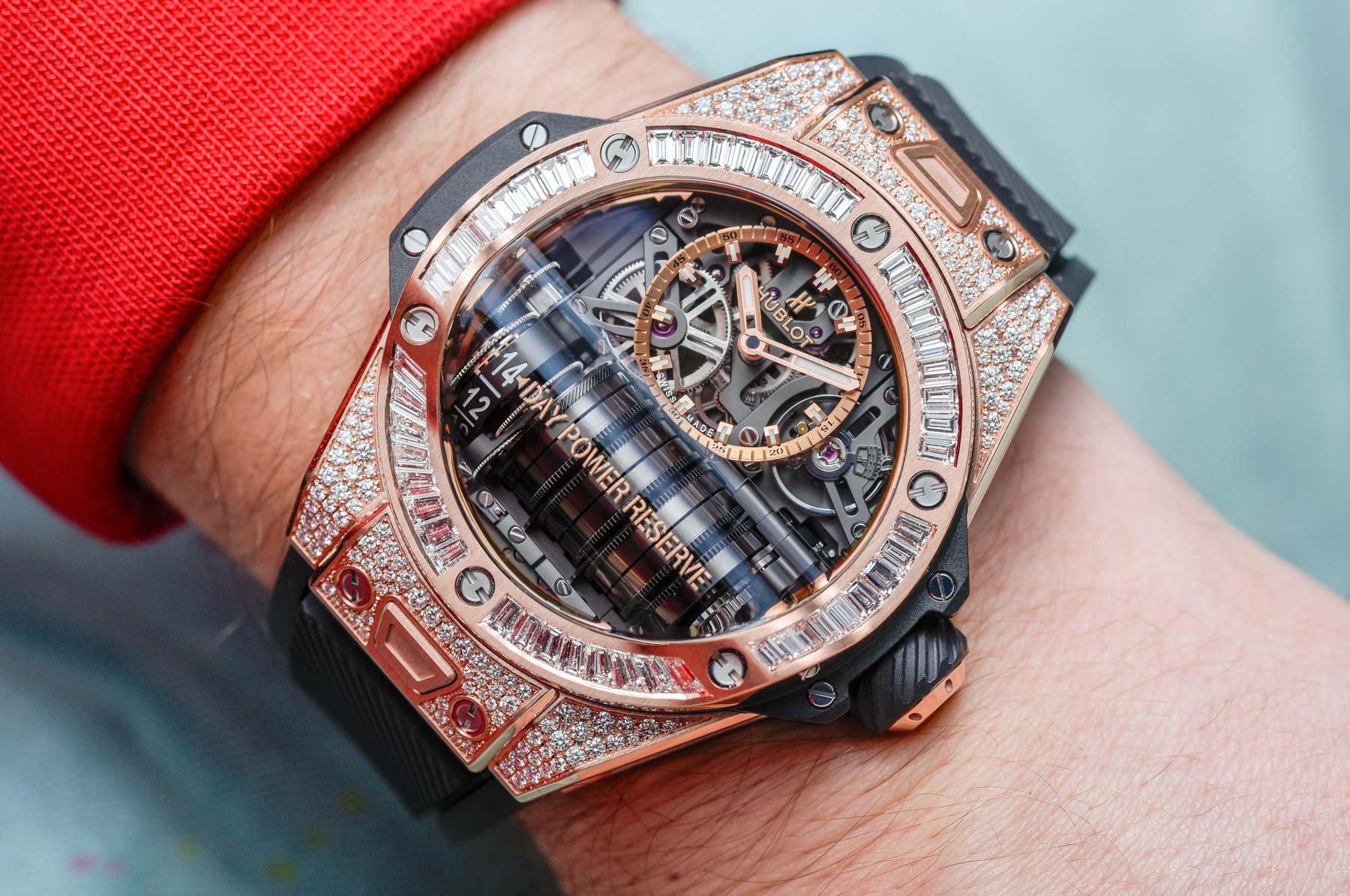
aBlogtoWatch: I have seen the Hublot Digital Boutique, a very impressive initiative that very few luxury brands could match. I understand it is currently exclusive to the Hublot Fifth Avenue boutique. Could you please share a few words on your plans and expectations for it?
JFS: Yes, this is the only one in the world, but given its success, and with the current crisis as an accelerator, we have plans with it. I know we have the intention to implement a similar project in the other main markets of the world in the short-term.
aBlogtoWatch: I am certainly looking forward to seeing the next global chapter in e-commerce for luxury watches. Thank you, Jean-Francois, for your time and your answers.

